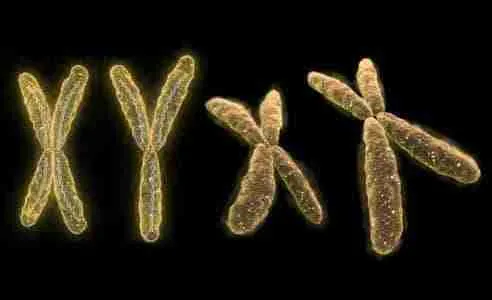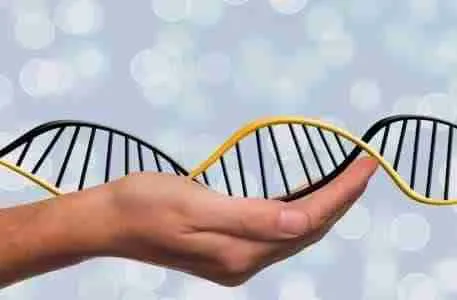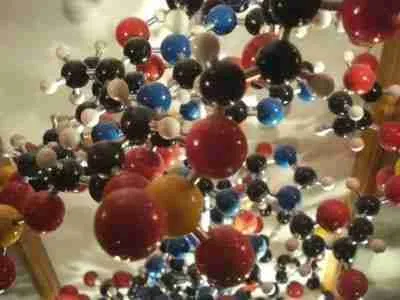Hydroponics – Types Of Hydroponic Systems and their Advantages
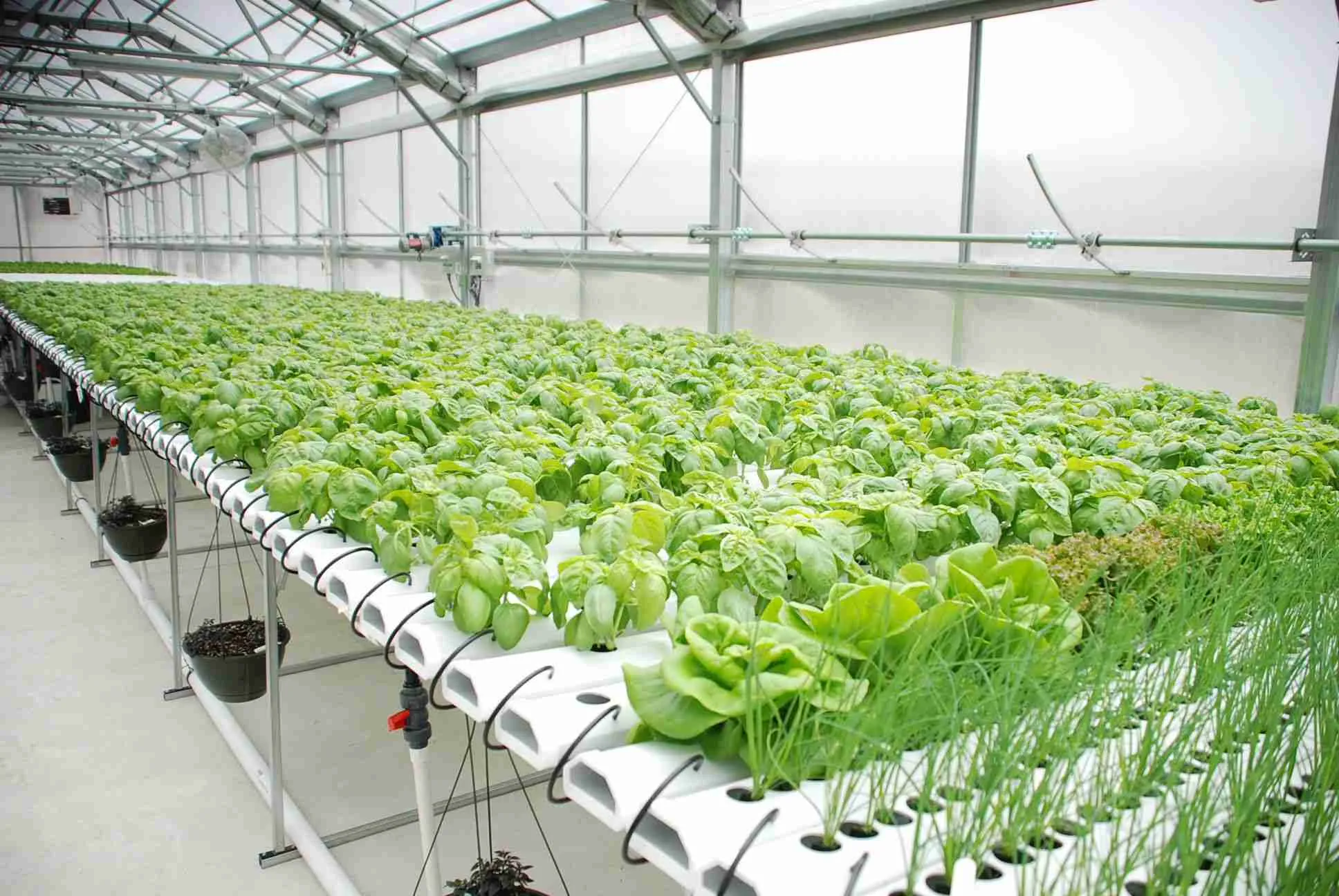
Hydroponics is a branch of horticulture and a subset (larger part) of hydroculture which involves the growing of plants without soil, by using water based nutrient solution in aqueous solvents. Before we delve into the concept of Hydroponics, let us first examine what horticulture is, who a horticulturist is and what hydroculture means.
What is Horticulture?
Horticulture is defined as the art of cultivating plants in gardens to produce food and medicinal herbs for ornamental uses, comfort and medicinal uses.
Who is a Horticulturist?
A horticulturist is an agriculturist who grows flowers, nuts, fruits , vegetables and herbs for consumption and ornamental purposes.
Hydroculture
Hydroculture is a branch of horticulture where different types of plants are grown without the use of soil. It is very similar to hydroponics.
Differences Between Hydroculture and Hydroponics
In hydroculture, a growing medium such as LECA is substituted for the soil and a reservoir contains the water/nutrient solution. The growing medium is usually comprised of clay pebbles, but other media such as rock wool, fused shale, perlite, lava rocks or coconut coir have been successfully used.
Water Intake in a Hydroculture System
Plants in soil typically need to be watered more often than those grown hydroponically. However, there are ways to reduce the frequency of watering while maintaining a balanced distribution of water and nutrients.
A popular method is LECA (litho-element clay aggregate). LECA is non-toxic, extremely light and absorbs moisture well. In addition, LECA is not a breeding ground for the small flies known as fungus gnats, which are notoriously difficult to control with soil-based plants.
Another method is an ebb and flow system. This setup features a growing tray above a reservoir, where the roots of the plants are immersed in the nutrient solution. Water is pumped up to the growing tray via a wick, and then back down into the reservoir. This cycle continues as long as the plant requires. This is an excellent way to grow a wide variety of plants, including fruits and vegetables. It also eliminates the need for a growing area, which can save a lot of money.
Nutrient Intake in a Hydroponic System
Plants grown in hydroponics don’t need soil because their roots have direct access to a nutrient solution that’s filled with all the necessary nutrients. This system allows plants to grow faster and with less chance of being affected by diseases from the soil.
Depending on the type of hydroponics used, nutrients are either organic or synthetic. Organic solutions are made from plant or animal byproducts such as fish emulsion (high in nitrogen), bone meal (high in phosphorus phosphorous) and clay pellets. Synthetic solutions are a more common choice because they don’t contain small particles that can clog pumps or tubes.
It’s possible to convert a traditional soil-based garden into an aquaponic or hydroponic garden, but the process takes time and skill. If a gardener begins with a fresh, young plant, the acclimation period usually only takes a few months. However, converting older and larger plants can be difficult. It’s also important to know that some plants may have a short lifespan when converted to an aquaponic or hydroponic system.
Plant Care and Management in a Hydroculture System
As with soil growing, hydroculture requires proper maintenance to ensure your plants are receiving all the nutrients they need to thrive. This is achieved by testing and monitoring the nutrient solution.
There are many commercial kits available that come with an outer watertight pot and an inner container which has drainage holes or slots. The kit will also have a nutrient level indicator with three markings: MIN, OPT and MAX. This makes it very easy to top up your hydroponic plant with the nutrient mix when the indicator reaches OPT.
Another benefit of hydroculture is that it eliminates the need for soil. This is important because soil is notorious for being a breeding ground for fungus gnats. These gnats are common pests on interior houseplants but cannot grow in the aggregate (LECA) medium used with hydroculture systems. The elimination of the soil also helps to reduce the amount of water required for your plant. This can be important if you are short of space or if your household uses water sparingly.
History of Hydroponics
Hydroponics farming was discovered in 1937 by William Frederick Gericke . He discovered this method of horticulture when he grew tomato vines about 7.6 meters high in his backyard in a mineral solution.
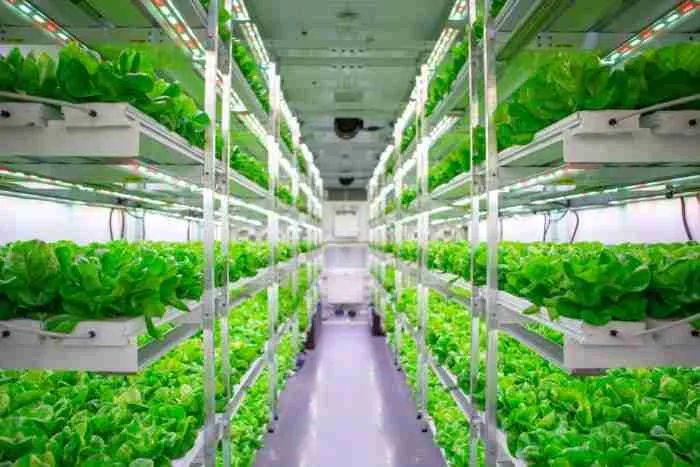
Types of Hydroponics
There are six types of hydroponics and they are;
- Wick Systems (Wicking)
- Deep Water Culture System
- Nutrient Film Technique (NFT)
- Ebb and Flow (Flood and Drain)
- Aeroponics
- Drip Systems
Wick Systems (Wicking)
A wick system is a type of hydroponics where a growing set up that uses a fabric string is known as wick. In wick systems, a cotton or nylon wick soaks in water from a solution and supplies them to plants in containers or trees.
Deep Water Culture System
The deep water culture system is a hydroponic method of plant production where plant roots are suspended in a solution of nutrient-rich, oxygenated water.
Nutrient Film Technique (NFT)
Nutrient film technique is a type of hydroponic system which uses a thin film of nutrient-rich water to deliver nutrients to plants.
This technique involves growing plants by maintaining a coating of nutrient solution around roots, without the use of a substrate.
Ebb and Flow (Flood and Drain)
Ebb and flow represents the phases of the tide or similar water movement. The ebb is the outgoing phase of the tide when it drains away from the shore while the flow is the coming phase observed when the water rises.
In hydroponics, ebb and flow is a subset of hydroponic farming. It is also referred to as flood and drain hydroponics.
Aeroponics
Aeroponics is a type of hydroponics where plants are grown in air or in a mist environment without the use of soil.
Advantages of Hydroponics
The following are advantages of hydroponics farming.
Hydroponics Requires Less Space
Hydroponics farming requires less space to be carried effectively.
It Conserves Water
Unlike the normal traditional farming methods, hydroponic farming can be used in water conservation because the water used in this farming method is captured and reused rather than allowed to run off into the environment.
It Enhances Plant Yields
Hydroponics is said to produce more yields than the traditional farming methods because the plants in the former are densely spaced compared to the size of the land needed to grow the same number of plants thereby making the nutrients balanced unlike in traditional farming.
It Requires Less Labour
Hydroponics farming requires less labour unlike traditional farming as there is no need for tilling and weeding and other labour intensive jobs carried out in traditional farming.
It Needs No Soil
The roots of plants grown in hydroponics farming are suspended in water enriched in nutrients that can be gotten from the soil.
It Reduces Supply Chain
The rise in demand for plants grown with hydroponics farming would increase the exponential growth framework drive and cause changes in the supply chain.
Fewer Pest Problems
Plants grown in hydroponics have less pest problems because they are grown indoors and pests are not prevalent and have controlled entrances there.
Easier to Harvest
Hydroponics are easier to harvest because of the medium they are planted in. Their growth allows for faster growth and bigger yields.
It Improves Plant Density
Disadvantages of Hydroponics
The following are disadvantages of hydroponics.
- Hydroponics are Expensive: Unlike the normal traditional planting methods hydroponics are very expensive to set up, it would require more money to get a suitable place for hydroponics planting.
- It requires constant monitoring and maintenance.
- Hydroponics plants are easily affected by water borne diseases.
- They are vulnerable to power outages.
What Makes Hydroponics a Novel Aspect of Agriculture?
Hydroponics as we have seen above is a type of horticulture in which plants grow without soil. They use a solution that contains the correct nutrients for growth. Hydroponics has many benefits, including enhanced plant yields and easy maintenance.
One of the most common types of hydroponic systems is a deep water culture (DWC) system. It uses a reservoir to hold the nutrient solution, while the roots are suspended in this solution.
It’s Easy to Learn
Hydroponics is based on the concept that plants require light, water and nutrients. This system allows the plant to absorb these essentials more efficiently than in soil, leading to better growth and bigger yields. Hydroponic systems are also easier to maintain than traditional gardening. They require fewer water and nutrient changes, and you don’t have to worry about weeds and pests. However, Hydroponics is more expensive than soil growing and requires more skill to operate. It also requires consistent electricity, so blackouts or a failure of the system could damage your crops.
There are many different hydroponics systems, but all of them share some common components. These include a growing medium (also known as the substrate) and a nutrient solution. The growing medium can be made from a wide variety of materials, including Rockwool, vermiculite, perlite, coconut fiber, gravel and sand. The nutrient solution is usually made with a mix of water and fertilizer. It’s important to keep the pH and ppm of the nutrient solution stable so that your plants get the right amount of nutrients.
In addition to the growing medium, a hydroponics system also includes a reservoir tank that holds the nutrient solution and a way to deliver this solution to the growing medium. This can be done actively by using an electric pump and aerator or passively by utilizing wicks. Many larger hydroponics systems will also incorporate growing lights and a computer system that monitors the plants.
The ancient people of Babylon were the first to use hydroponics to grow their vegetables. These were the Hanging Gardens, which are believed to have been constructed around 600 B.C. Today, farmers who choose to grow crops in hydroponics can produce high-quality fruits and vegetables and even the model organism Arabidopsis thaliana for genetic research. These crops can be grown all year round, unlike traditional field agriculture, which has to adhere to seasonal guidelines.
In order to start a hydroponic garden, you’ll need to understand the basics of the system. You’ll need a grow table, a reservoir tank, and aeration fans. It’s also a good idea to invest in a timer that can turn on and off the grow light.
Hydroponics is Easy to Maintain
A hydroponic system is easy to maintain if you know what you’re doing. However, it’s a bit more expensive than soil growing, and there is less room for error, so you need to be sure that everything is working correctly. You also need to pay close attention to the nutrient levels and pH of your reservoir, as mistakes can be costly. Fortunately, using a high-quality nutrient and pH doser helps eliminate human error.
Hydroponic farming is ideal for urban areas, as it allows farmers to grow crops closer to population centers, which reduces transportation costs and time. Moreover, hydroponic crops don’t require large amounts of water to be grown, and they can be harvested year-round.
The biggest benefit of hydroponics is its ability to produce higher yields than traditional farming methods. This is because plants are able to get more nutrients and oxygen from the nutrient solution. The nutrient solution is also able to be infused with other additives and chemicals, which helps the plant grow faster and healthier.
Another advantage of hydroponics is its ability to control the climate and weather conditions. This allows for a wide variety of vegetable, flowering, and medicinal crops to be grown. Some of the most popular include tomatoes, peppers, and cannabis. In addition, the model organism Arabidopsis thaliana can be grown this way for genetic research.
Many farmers use hydroponics because it’s a more sustainable method of agriculture. The main reason is that it saves water, which is a precious commodity in the United States. It also cuts down on the use of chemicals, which is a plus for the environment.
Lastly, hydroponics can reduce the risk of soil-borne diseases. This is because plants are grown in a controlled environment, and insects can’t infiltrate them. Hydroponic systems can also be used to grow flowers and herbs that are difficult to grow in the soil, such as lilies, roses, and tulips.
Lastly, hydroponics can lead to higher-yielding crops because it is a more efficient process than conventional growing methods. Because hydroponics doesn’t rely on the soil, it can be more tightly spaced than traditional farming, which increases the amount of produce per square foot. In addition, it can be used indoors, which reduces the cost of transporting crops and lowers the use of chemicals.
Hydroponics is Environmentally Friendly
Using Hydroponics instead of soil eliminates the need for chemical fertilizers. It also reduces the need for herbicides that have an adverse impact on the environment. These systems require less water and can be adapted to the local climate. As a result, farmers can grow crops more quickly and produce higher yields per square foot.
A hydroponic garden is a great way to grow vegetables, fruits, herbs, flowers and other plants without having to worry about weeds. In addition, it does not require pesticides and is not susceptible to the same diseases as traditional gardening.
Another advantage of a hydroponic garden is that it allows you to harvest food whenever you want. This means you can have fresh, nutritious meals at home without having to travel long distances. This method of farming is better for the environment than conventional farming, since it requires less transportation time and energy.
It is possible to recycle the water used in a Hydroponic system. This happens when a plant transpires, which releases water vapor into the air. A high-tech Hydroponic system can use a condenser to capture this water vapor and reuse it in the irrigation system. It can even be recirculated, which helps save even more water.
Plants receive the nutrients they need from the nutrient-rich water that is pumped into the root zone. These nutrients can be delivered in liquid or powdered form. They are usually incorporated in a solution that contains water, but they can also be added directly to the soil. The nutrient-enriched water also eliminates the need for chemical fertilizers, which are harmful to the environment and have negative runoff implications.
In addition to reducing the need for chemical fertilizers, Hydroponics can be used in places where soil is poor. For example, many farms in dry desert areas use Hydroponic systems to cultivate crops. The system can be used in greenhouses as well, which is an excellent option for the growing of plants in cold climate regions.
It is important to note that while the advantages of Hydroponics are clear, there are some drawbacks. The main problem with this type of farming is that it relies on a pump to circulate the water and nutrient solution. This can cause problems if the pump fails or runs out of power. In addition, if the pump is not correctly calibrated, the plants will die.
Plants Grow Easily Under Hydroponics
The best part about hydroponic gardening is that it’s much less messy than soil gardening. Sure, you’ll still have some spilled water or stray clippings, but it’s far better than dark dirt smeared across your carpet. Additionally, you’ll be able to easily clean up any messes that occur because your plants aren’t growing in soil.
Unlike soil, which has many different factors that can affect a plant’s growth, hydroponics allows you to control the nutrients in your garden. This means that you can make small adjustments to the water and soil, which will result in a much more bountiful harvest. However, you should be aware that hydroponics is a bit more complicated than soil gardening, and there’s usually little room for error. It can take a while to master hydroponics, and you’ll need to keep track of the water temperature, pH level, and nutrient levels.
There are several types of hydroponic systems available, but deep water culture, or DWC, is considered the easiest to use. With a DWC system, your plants are suspended in a reservoir of nutrient solution, and they receive an constant supply of oxygen and water. You’ll need to add a pump and air stone to the reservoir to aerate the water, and you’ll have to periodically empty and clean your reservoir to prevent bacteria from growing.
Another easy-to-use hydroponic system is a wick system, which uses a wick to transport water and nutrients to the roots of your plants. The wick is made of some form of natural material, such as rope or string, and it’s placed in a growing tray that sits on top of the reservoir. The wick absorbs water and nutrients from the reservoir through a layer of dissolved nutrients. This method is perfect for small plants that don’t require a lot of water and nutrients.
You can also try an ebb and flow system, which works on an interval-based system and floods your plants’ roots with water and nutrients before draining them. This type of system can be very effective, but you’ll need to pay close attention to the nutrient reservoir so that you don’t overfeed your plants.
